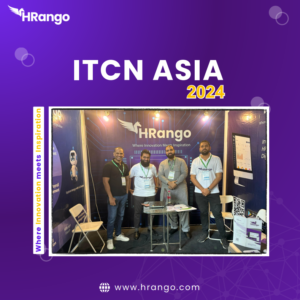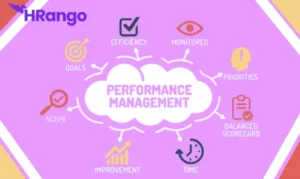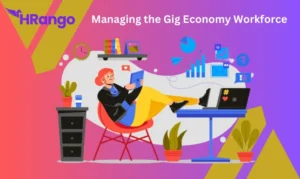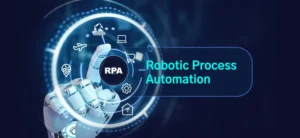In today’s fast-paced business environment, organizations need to be proactive rather than reactive, especially when it comes to managing their workforce. Predictive analytics within HRMS (Human Resource Management Systems) like hRango plays a crucial role in helping companies anticipate workforce trends and address future needs effectively.
Understanding Predictive Analytics in HRMS
Predictive analytics in HRMS involves using historical data, machine learning, and statistical algorithms to forecast future workforce trends. This technology enables HR departments to make informed decisions regarding recruitment, retention, and workforce planning. By analyzing patterns in employee behavior, performance metrics, and market conditions, HRMS like HRango can provide insights into potential challenges and opportunities.
Applications of Predictive Analytics in HRango
- Employee Retention: HRango uses predictive analytics to identify employees at risk of leaving the organization. By analyzing factors such as job satisfaction, engagement levels, and performance reviews, HRango helps managers take proactive measures to retain top talent, reducing turnover costs and maintaining workforce stability.
- Talent Acquisition: Predictive analytics in hRango assist in optimizing the recruitment process. By analyzing past hiring successes and failures, the system can forecast the best candidates for specific roles, reducing time-to-hire and improving the quality of new hires.
- Workforce Planning: HRango enables organizations to predict future workforce needs based on business growth, market trends, and employee retirement rates. This helps companies to plan their hiring strategies, ensuring they have the right talent in place to meet future demands.
- Performance Management: By analyzing performance data, HRango predicts future employee performance trends. This allows HR teams to identify high-potential employees for leadership development programs or address performance issues before they escalate.
Benefits of Using Predictive Analytics in HRMS
Implementing predictive analytics in HRMS like HRango offers several benefits:
- Enhanced Decision-Making: With data-driven insights, HR teams can make more informed decisions, leading to better outcomes in talent management and workforce planning.
- Cost Efficiency: By predicting and preventing potential workforce issues, organizations can reduce costs associated with turnover, recruitment, and underperformance.
- Strategic Workforce Management: Predictive analytics helps align workforce strategies with business goals, ensuring that the organization is well-prepared to meet future challenges.
Conclusion
Predictive analytics is transforming HRMS into a powerful tool for forecasting workforce trends and needs. hRango exemplifies how this technology can be harnessed to optimize HR processes, from talent acquisition to employee retention. As organizations continue to embrace data-driven decision-making, predictive analytics will become an essential component of effective HR management, enabling companies to stay ahead of the curve in a competitive business landscape.
FAQs
What is Predictive Analytics in HRMS?
Predictive analytics in HRMS involves using data and algorithms to forecast future workforce trends, helping organizations make informed decisions on hiring, retention, and workforce planning.
How does HRango use Predictive Analytics?
HRango leverages predictive analytics to identify at-risk employees, optimize recruitment processes, and forecast future workforce needs, enabling proactive HR management.
What are the benefits of Predictive Analytics in HRMS?
The benefits include enhanced decision-making, cost efficiency, improved talent management, and strategic workforce planning, all driven by data insights.
Can HRango predict employee turnover?
Yes, HRango uses predictive analytics to identify factors leading to employee turnover, allowing organizations to take preventive measures to retain valuable talent.
Does HRango offer real-time analytics?
HRango provides real-time data insights, allowing HR teams to respond quickly to emerging trends and issues within the workforce.
How does Predictive Analytics improve recruitment in HRango?
hRango analyzes past hiring data to predict which candidates are most likely to succeed in specific roles, improving the quality and efficiency of the hiring process.
Is Predictive Analytics in HRango suitable for all businesses?
Yes, predictive analytics in hRango is adaptable to businesses of all sizes, providing valuable insights to help manage workforce needs effectively.







